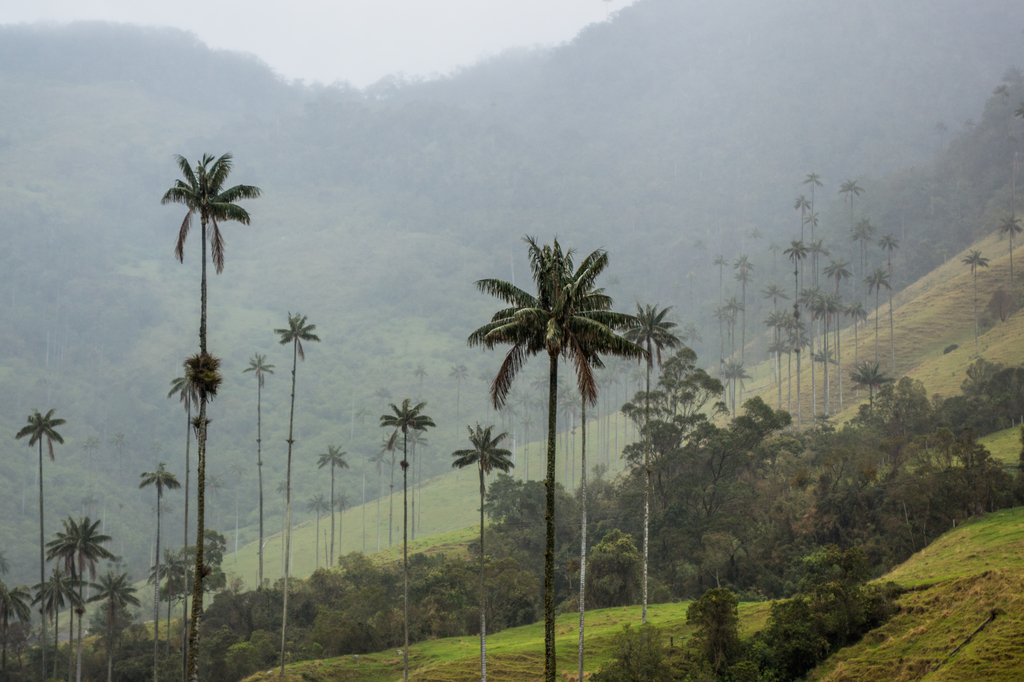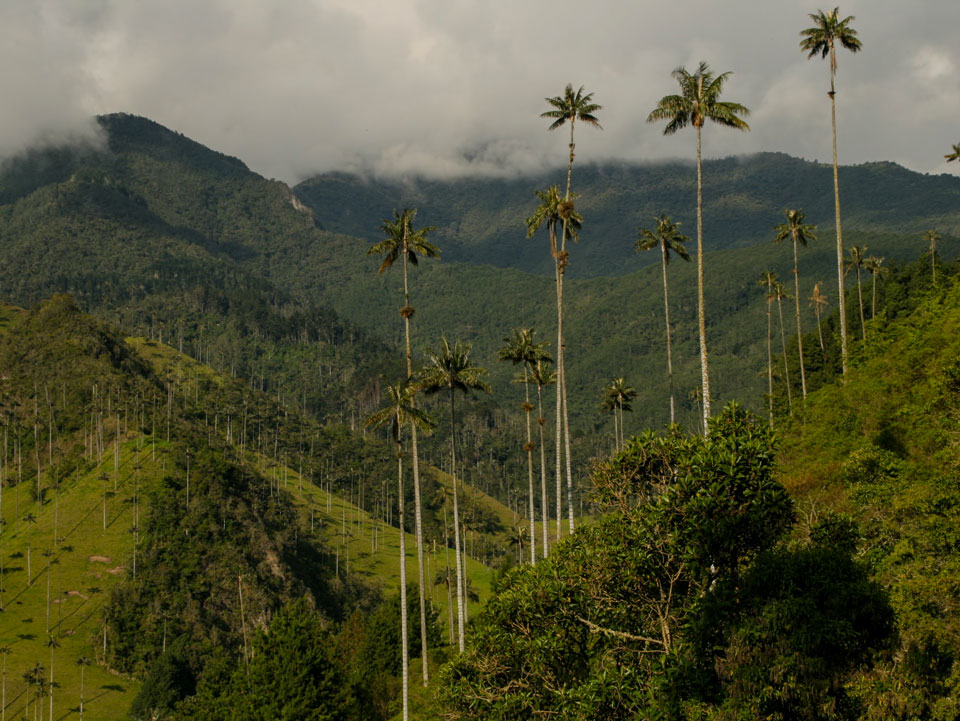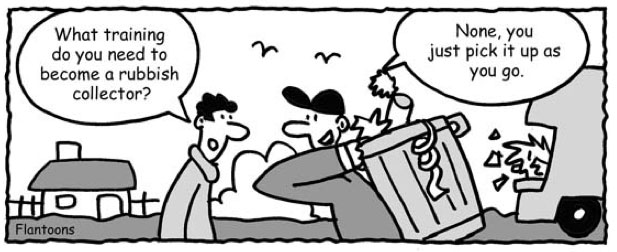
Colombia’s national tree, the wax palm is a must see on a visit to Salento.
Coffee is not the only reason to visit the quaint village of Salento, there are also wax palms, Willys Jeeps and hummingbirds as David Maas finds out.
Travel to Colombia these days and you will likely find your way to the sprawling capital of Bogotá, the charming Caribbean city of Cartagena, or to revitalised Medellín. Once you touch down in the Andean country, however, locals and fellow travellers alike will suggest – or rather insist – you make a trip to its Coffee Region, and in particular, Salento.
Salento, a small town of some 7,000 residents nestled among the northeastern hills of Quindío department in western Colombia, has become a favourite among tourists who have paid a visit to the Eje Cafetero.

The brightly painted houses of Salento.
Surrounded by lush green mountains, the charming town is lined with colourful shops offering an array of locally crafted souvenirs and restaurants proudly advertising their trout-with-fried-plantain specials.

The bustling streets of Salento village.
A lookout point at one end of Salento’s main road, Calle Real, offers captivating views of the city. And, in the central plaza, the Nuestra Señora del Carmen church provides a commanding backdrop.

The view from the ‘mirador’.
While in Salento, a visit to a coffee plantation is, of course, a must. Many local coffee growers offer tours of their plantations, complete with a walkthrough of the coffee-making process from start to finish.

The Don Eliás coffee farm.
At the end of your tour, enjoy some homemade coffee from the plantation and buy some beans to take home to family and friends – they will be eternally grateful.
As the country’s leading agricultural export, coffee is often synonymous with Colombia in the minds of foreigners. Additionally, the vast majority of the country’s coffee is exported; for example, the Don Eliás family plantation in Salento – well worth a visit – exports 80% of its homegrown beans.

A trip to Salento would not be complete without the obligatory coffee tasting.
Yet coffee is most certainly not the only reason to make the trip to Salento.
Early one morning, head to the central plaza and hop in a Willys Jeep to transport you to the impressive Cocora Valley, which forms part of Los Nevados National Park.

Willys jeeps.
Fair warning: you may find yourself crammed into the Jeep with up to 12 other passengers. You may even have to settle for standing on the car bumper for the duration of the 20-minute ride.
Following a winding 20-minute ride, your driver will drop you off at the base of the Cocora Valley, at the start of a trail loop that leads you through the national park.

Off for a ride!
As you begin your hike, open fields sparsely populated by grazing cows will greet you as a backdrop of towering wax palm trees frames the scenery.
Colombia’s national tree, the wax palm, dot the rolling hills in stark contrast to the rest of the low-lying foliage.

The spectacular Valle de Cocora.
Past the rolling hills, rainforest awaits. Brace yourself for rickety bridges, slippery rocks and muddy paths.
Once through the rainforest, continue on up to the hummingbird sanctuary, or opt to head towards the Finca La Montaña. The more adventurous, of course, can go for both!
For a small fee at the hummingbird sanctuary you’ll receive a beverage while you rest. Meanwhile, hummingbirds flutter around as you try to take pictures of the swift-moving birds.

Birdwatching enthusiasts are in for a treat.
The family-run Finca La Montaña sits atop an adjacent mountaintop and requires you to take on what will be the steepest incline of your day.
The effort is worth it, however, as the final section of the trail, from the finca back down to the base, is the valley’s highlight.
Enjoy the hard-earned, breath-taking descent amid Colombia’s breathtaking national trees.

Colombia’s national tree, the wax palm, is also the tallest palm tree in the world.
Getting into Salento can take six to eight hours by bus due west from Bogotá and due south from Medellín.
Alternatively, cheap flights into Pereira can be found, just a 45-minute cab ride from Salento.
Give yourself three days in this charming, bright town in the heart of the Eje Cafetero to ensure that you are able to take advantage of all the coffee, wax palms and Willys rides Salento has to offer.
By David Maas / Photos: Peter Maas





